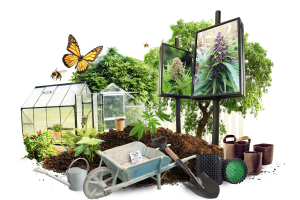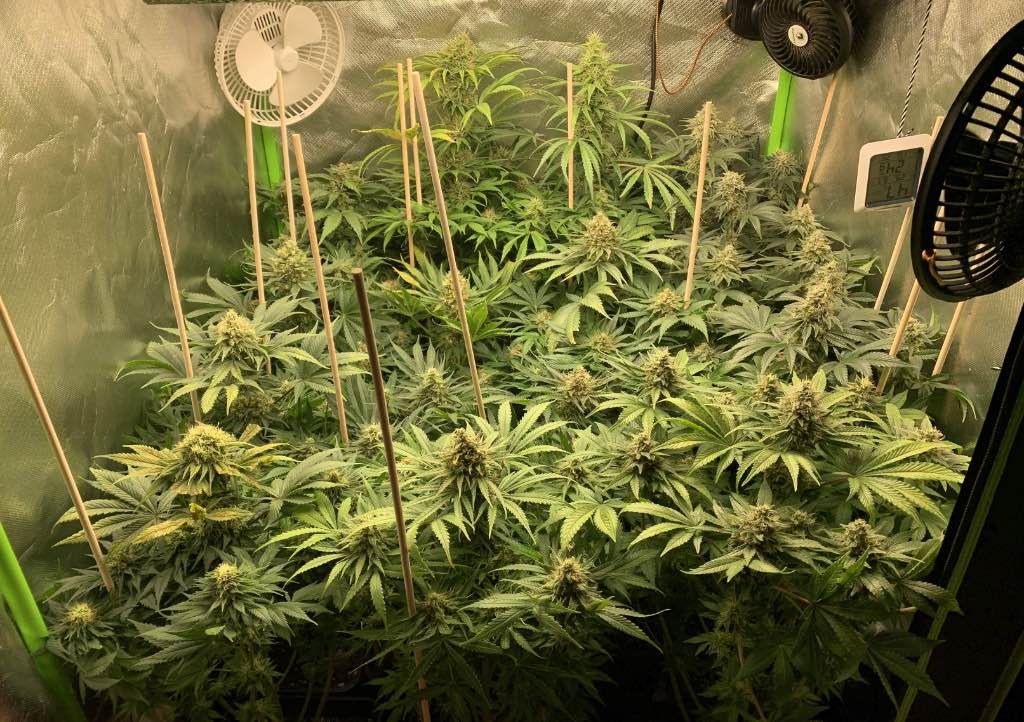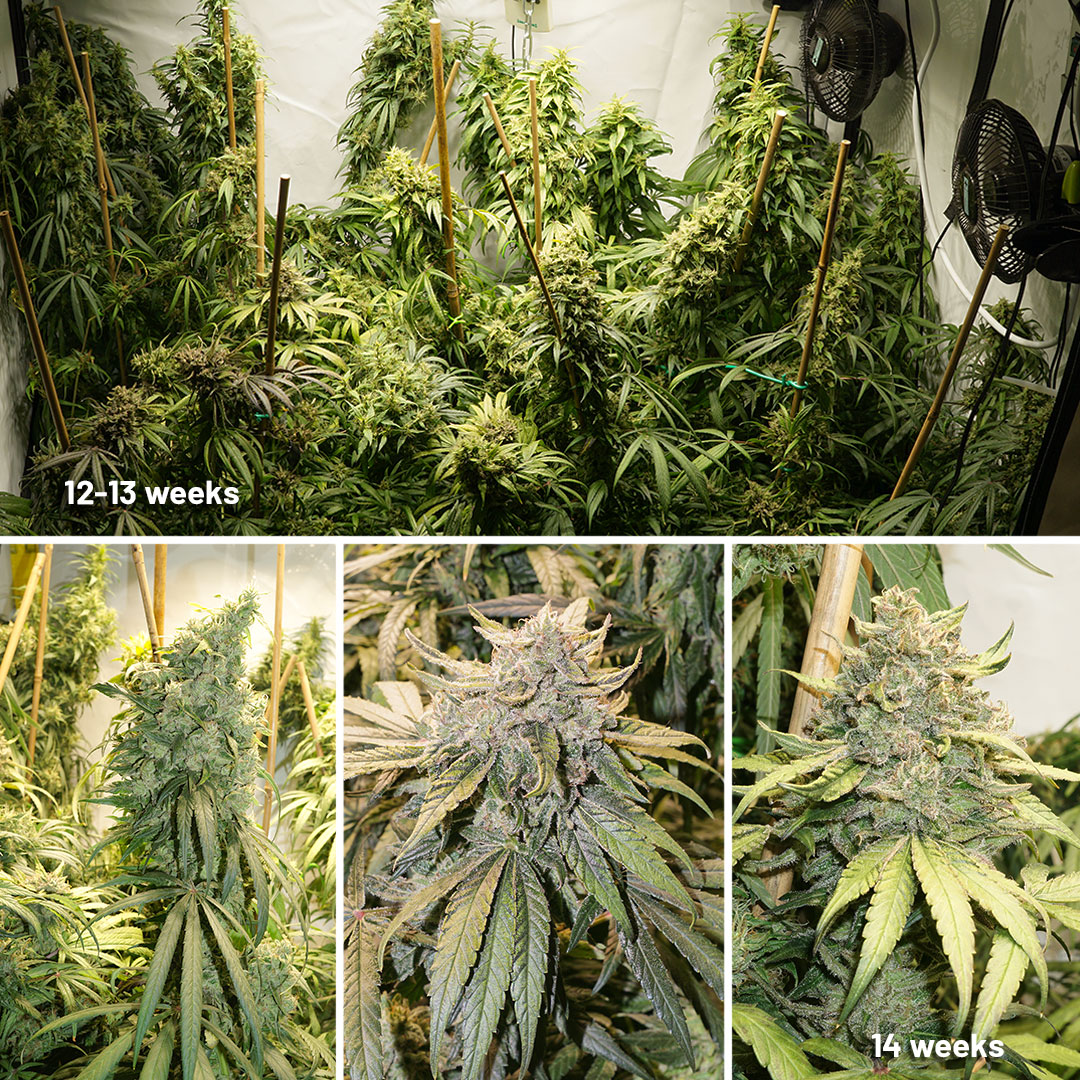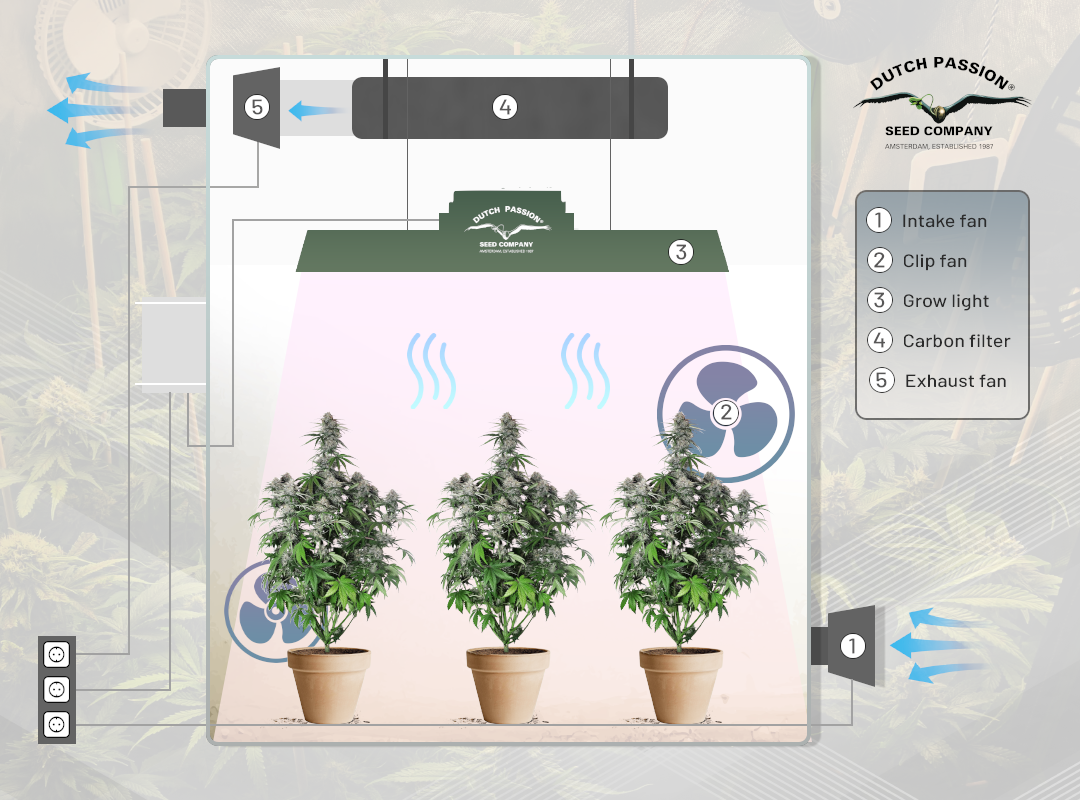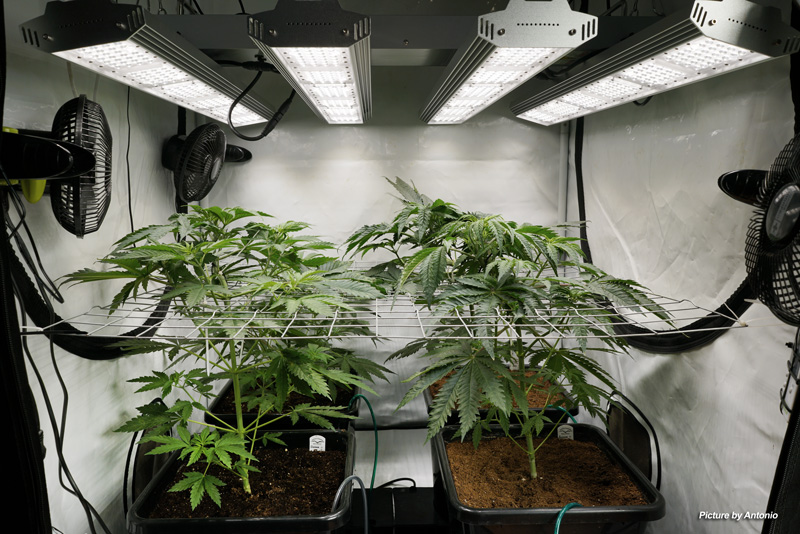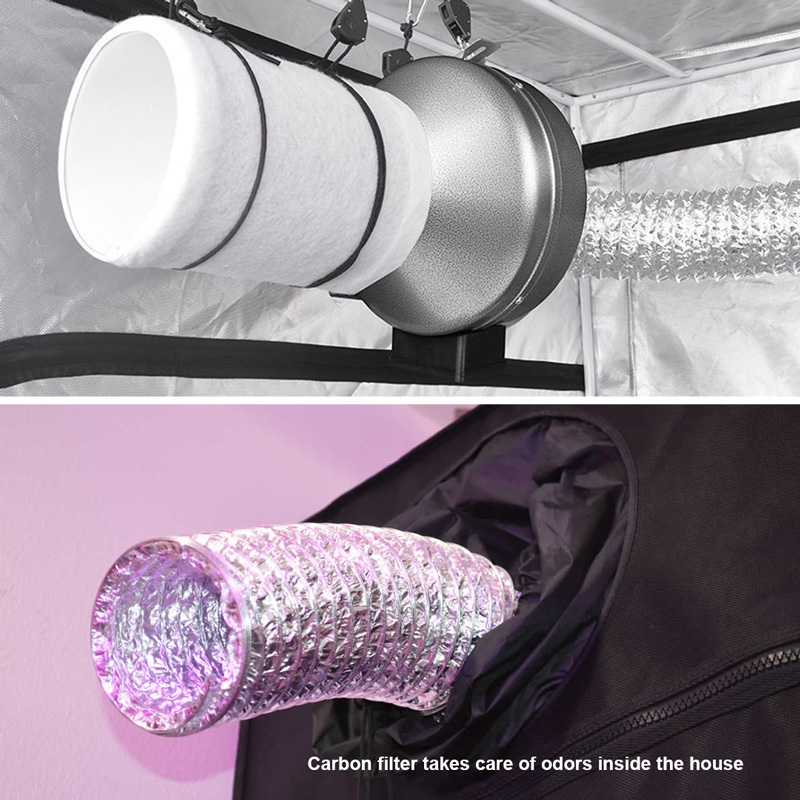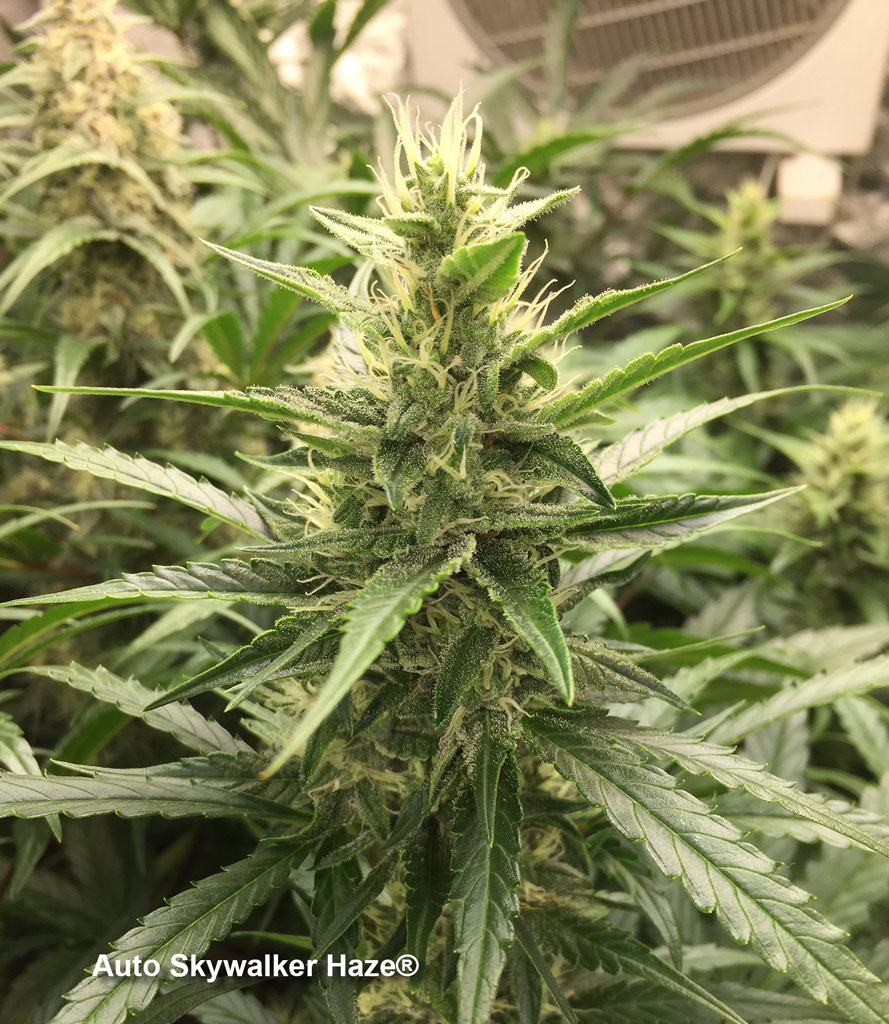Grow room ventilation is one of the most important aspects of your grow. Your cannabis plants need fresh air to breathe and photosynthesise. Stale, moist and hot air needs to be continually removed to prevent humidity reaching mould/problem-inducing levels. Cool, fresh air is needed to replace warm air and maintain optimised grow room temperatures. Our complete guide to grow room ventilation explains all you need to know, the rookie mistakes to avoid and the best practices to follow.
Why is proper ventilation vital for cannabis plants?
Having reliable, effective, grow room ventilation ensures that your cannabis plants grow in an optimised environment with temperatures and humidity where they should be, allowing you to grow the most potent buds. Insufficient air-flow through your tent/grow room really does reduce both yield and quality as the plant biochemistry is adversely, and permanently, affected.
Having a good quality carbon filter gives you maximum peace-of-mind that all the air removed from your grow room is scrubbed clean of pungent cannabis smells. It’s always good advice to plan your grow room well and ensure that your fans, filters, clips, ducting etc are well matched to the size of your grow room. Your grow room, when planned well and treated to good quality cannabis seeds, LED lights and good ventilation will more than repay the grower with superior quality crops enjoying maximised cannabinoid/terpene levels.
Most serious growers also keep a spare carbon filter ready, just in case. As they would keep spare pH and E.C. meters for the inevitable day when they too fail and start to give erroneous readings. Whilst it is expensive keeping spare carbon filters, pH/EC meters etc it could be argued that the value of each crop from a typical home growers tent more than covers the costs of these essential spare items.

